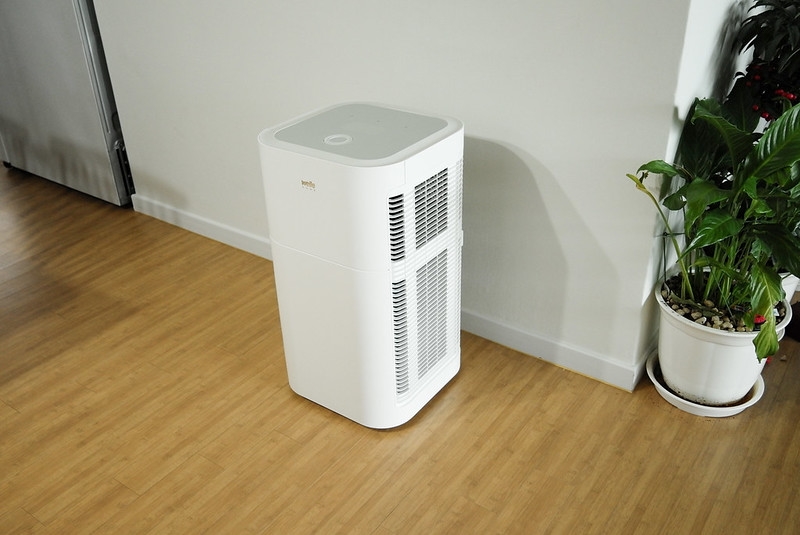The first thing we should all think about when buying a home is how great the air quality will be for our families.

You can test this by using an Asthma/Allergies kit, which is available at most stores nowadays. Identifying and repairing any issues with your home’s air quality is important.
We’ve put together a list of ways you can test the quality yourself as well as some tips on how to recognize symptoms that indicate poor conditions, including advice for hiring professionals if needed.
The current market is full of indoor air quality monitors that can detect and log the different qualities inside your home. These devices typically check PM2.5 levels of tiny dust particles, and VOCs like chemical pollutants, and temperature humidity for mold.
Mold is a pesky problem that can ruin your home, but it’s easy to tell if you have an infestation. If certain areas of the house give off musty odors and cleaning doesn’t remove them then chances are there might be mold present.
Mold is a pesky invader that can cause all sorts of issues in your home. You should look for signs like growing black spots, water sports or particularly damp areas and get rid of them as soon as possible.
The air quality in your home can be improved with the help of an electronic purifier. These machines are typically more efficient than filtered ones, and they’re good for people who suffer from allergies as well. Check out Triad Aer Purifiers before shortlisting the right device for your needs.
Carbon monoxide is a silent killer. It’s odorless, colorless, and tasteless which makes it all too easy for your unsuspecting family members or guests in another room to come into contact with poisoned air without even knowing.
The best way that I’ve found over time while trying different techniques each week is coming up against high levels of carbon monoxide small enough so you can breathe easily again.
The natural occurrence of radon is a great concern for homeowners, as it can cause cancer. One way to test your home’s air quality and see if you have any potential issues with dangerous gasses like this would be through an at-home kit purchased from most stores carrying construction equipment or plumbing supplies.
Changing your air filters is a great way to improve the quality of life in your home. Not only will they keep dirt and allergens out, but you’ll also be reducing chemical fumes like Formaldehyde which can irritate asthma patients’ lungs. The average family should change theirs every 90 days but if things seem fishy around there, then go ahead and exchange them more frequently.
Read Also:
Allergy symptoms are often caused by irritants in the air that you breathe at home. If your allergy symptoms start increasing, it might be time to test what’s going on with that environment of yours. Some common ones include: coughs/sneezes; watery eyes or nose congestion, headaches etcetera
Sometimes it’s hard to tell the difference between a cold and something more serious. If you’re struggling with frequent bouts of pneumonia and bronchitis, there might be an environmental link that could help diagnose your condition better than ever before.
Mold can grow easily in humid environments like homes and if this seems too far-fetched then think about how many times, we’ve all had trouble breathing after visiting someone who has toxic mold growing on their ceilings above our headspaces.
Durability is one thing that you can always count on to be an important part of any home. But with construction projects come potential risks for pollution, including dust particles and harmful chemicals spreading through your HVAC system not just inside but also throughout every room.
Beware if this happens during renovations or new builds because even though they may seem minor now before long these dirty messes will have multiplied exponentially. So make sure all work stays sealed off until completion by installing appropriate protection devices.
The air quality in your home can be poor and this may have an effect on you. If so, it’s best to hire someone who specializes in testing the atmosphere of homes for informed advice about what should happen next with regard to how to improve things at no cost. Ask friends or realtors as they might know people that are qualified professionals within their respective fields.
The number one cause of elevated levels of radon in homes is natural gas. If you suspect that there are significant amounts present, then it would be best to hire an expert who can clear out those toxins and get your home back on track with minimal risk or discomfort.
A person should always contact their state department first before going anywhere else. They’ll provide a list of professional companies near them qualified enough to handle any type of problem like this.